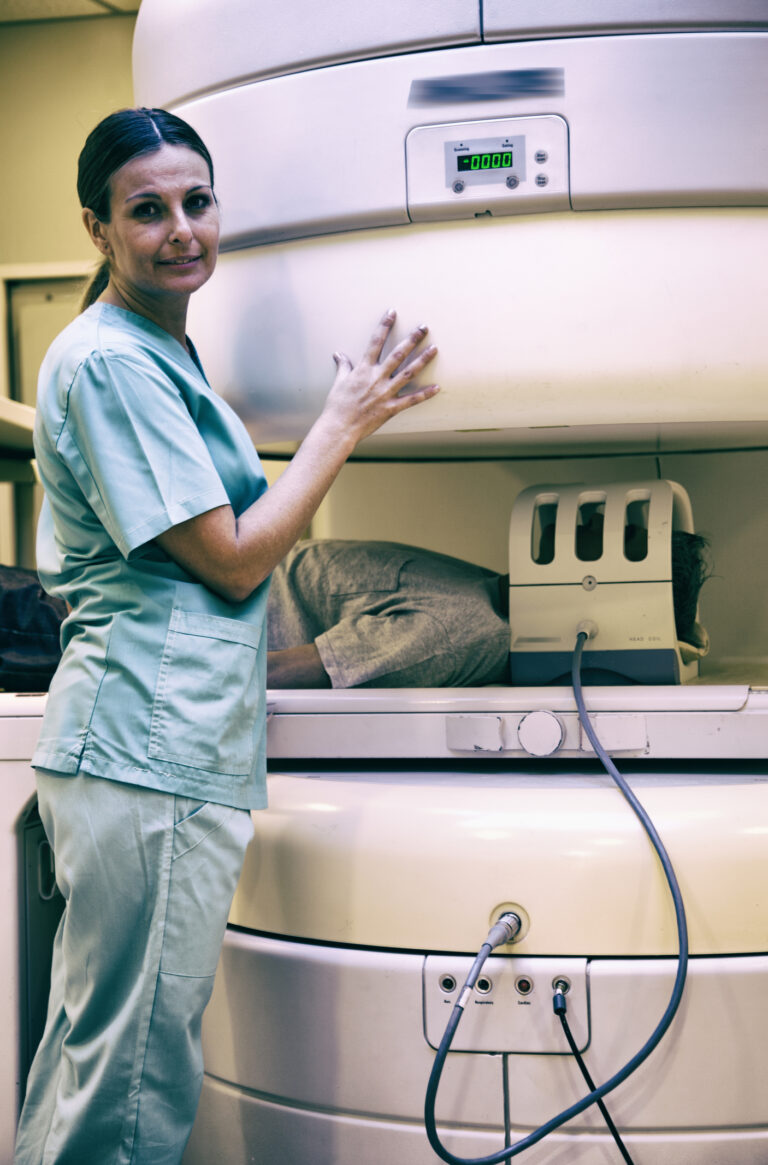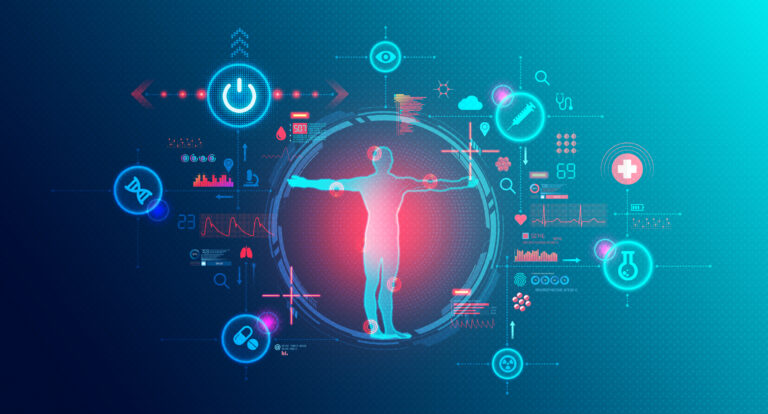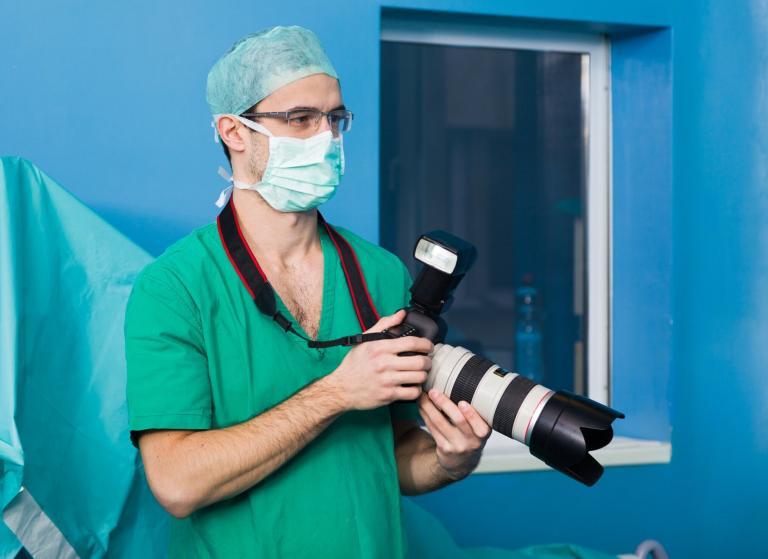Patient Monitoring
Patient monitoring is a fundamental component of contemporary medical practice. It involves the ongoing assessment of a patient’s health to ensure timely and appropriate clinical interventions. This crucial aspect of healthcare utilises a variety of technologies and methodologies to track physiological parameters, thereby assisting healthcare professionals in making informed decisions regarding patient treatment and care.
The scope of patient monitoring ranges from basic observations in general wards to advanced surveillance in intensive care units. In routine ward settings, monitoring often includes measuring vital signs such as temperature, heart rate, blood pressure, and respiratory rate. These basic measurements provide essential insights into a patient’s condition, enabling prompt responses to potential health deteriorations.
Monitoring becomes more intricate in critical environments, such as intensive care units or during major surgical procedures. Technologies such as electrocardiograms (ECG), continuous blood pressure monitoring, pulse oximetry, and capnography are routinely employed. These tools allow for real-time tracking of a patient’s cardiac rhythm, oxygen saturation, and other vital parameters, facilitating immediate intervention when abnormalities are detected.
Technological advancements have significantly enhanced the efficacy of patient monitoring. Modern systems can integrate data from multiple sources, creating comprehensive patient profiles that are accessible to healthcare teams. This integration supports a holistic approach to patient care, ensuring that all relevant health aspects are considered in treatment decisions. Moreover, telemedicine has expanded the reach of patient monitoring, allowing healthcare providers to observe patients remotely. This is particularly valuable in rural or underserved areas, where specialist care may not be readily available.
The importance of effective communication in patient monitoring cannot be understated. Integrated monitoring systems typically include alert mechanisms that notify medical staff of critical patient condition changes. Such alerts must be precise and timely to avoid alarm fatigue, a phenomenon in which too many alerts can desensitise staff, potentially leading to overlooked critical warnings.
The ethical dimensions of patient monitoring are also significant. There must be a balance between necessary surveillance and respect for a patient’s privacy and dignity. Consent, confidentiality, and ethical use of data are paramount considerations that healthcare facilities must navigate carefully.
Future trends in patient monitoring are likely to involve greater use of artificial intelligence (AI) and machine learning. These technologies promise to enhance predictive capabilities, potentially identifying patient deterioration before it becomes clinically apparent. As these tools develop, they could revolutionise how patient care is delivered, making preventive healthcare more attainable and reducing the incidence of emergency interventions.
In conclusion, patient monitoring is an indispensable part of modern medical practice, playing a crucial role in enhancing patient outcomes. The adept use of technology and ethical practices provides vital support to healthcare professionals, ensuring that patient care remains effective and humane.
You are here:
home » Patient Monitoring




